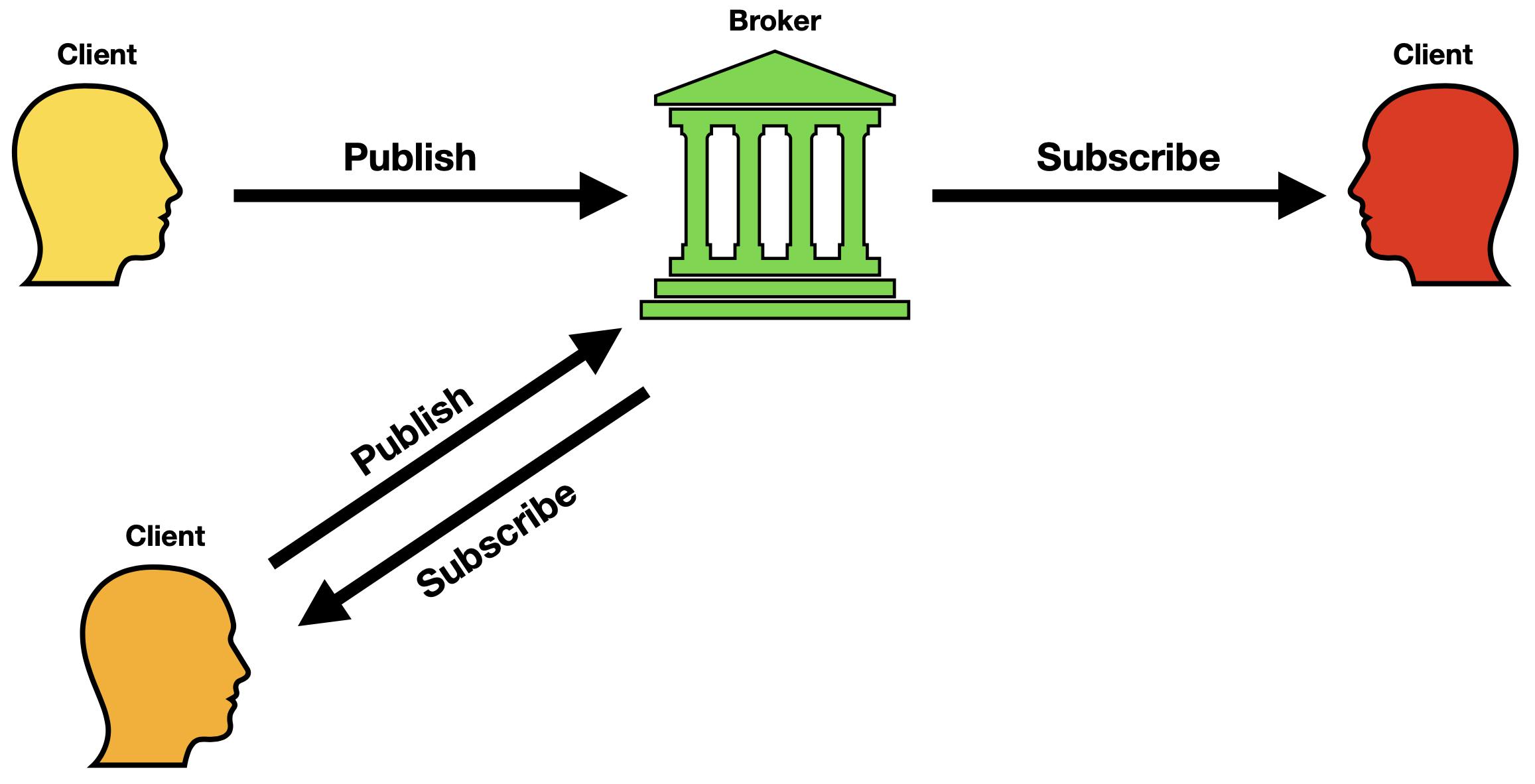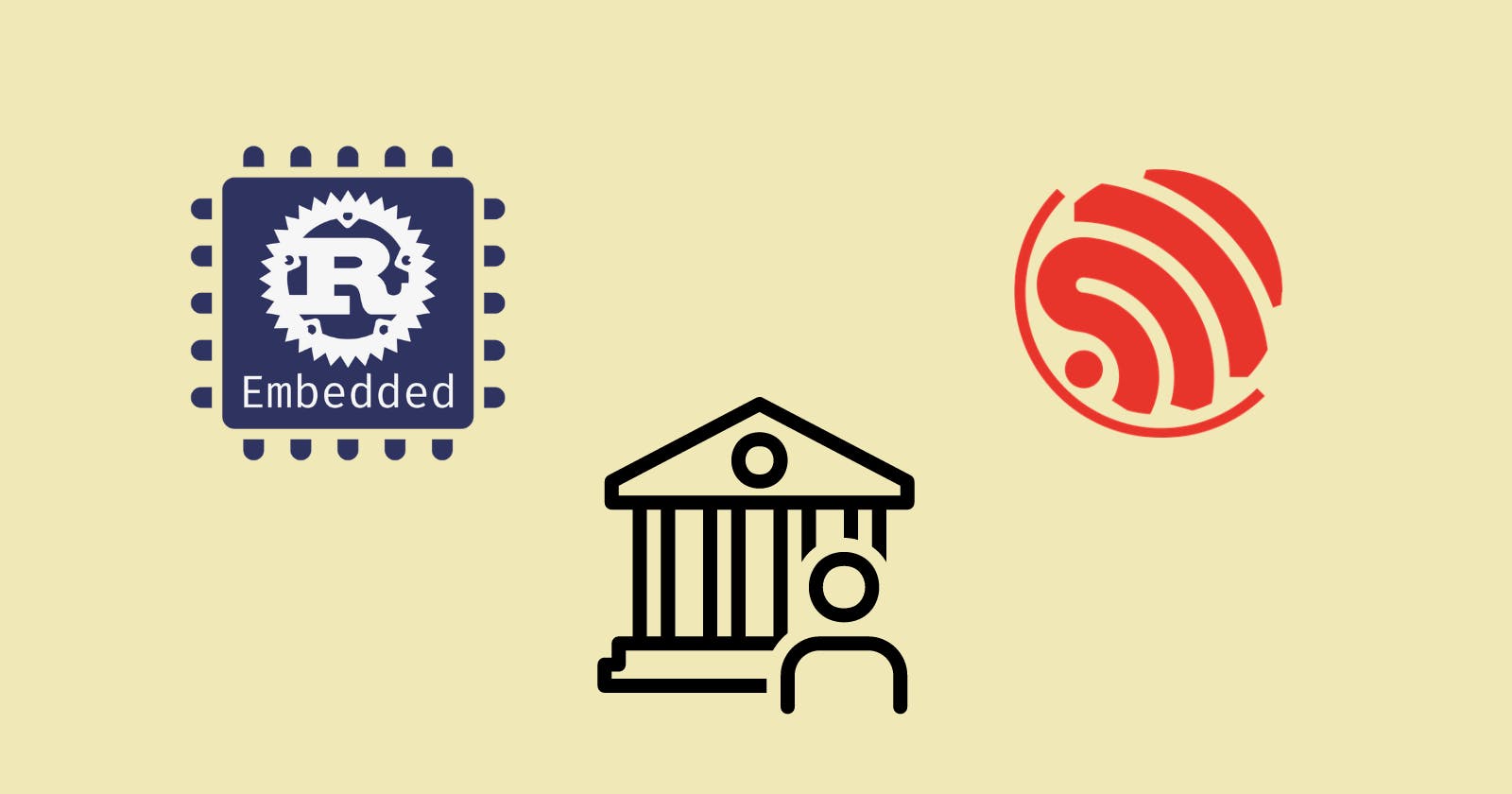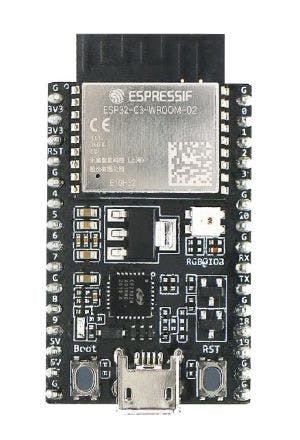This blog post is the fifth of a multi-part series of posts where I explore various peripherals in the ESP32C3 using standard library embedded Rust and the esp-idf-hal. Please be aware that certain concepts in newer posts could depend on concepts in prior posts.
Prior posts include (in order of publishing):
Introduction
MQTT, or Message Queuing Telemetry Transport, is a lightweight and efficient communication protocol designed for the Internet of Things (IoT) and other resource-constrained networks. Developed by IBM in the late 1990s, MQTT has since gained widespread adoption due to its simplicity, low overhead, and versatility in facilitating real-time communication between devices. The motivation behind MQTT stems from the need for a reliable and scalable messaging protocol that accommodates the constraints of IoT devices, such as limited processing power, bandwidth, and intermittent connectivity. In this post, we're going to look at how to configure an ESP using Rust to subscribe to an MQTT broker.
📚 Knowledge Pre-requisites
To understand the content of this post, you need the following:
Basic knowledge of coding in Rust.
Basic familiarity with WiFi & MQTT.
💾 Software Setup
All the code presented in this post is available on the apollolabs ESP32C3 git repo. Note that if the code on the git repo is slightly different then it means that it was modified to enhance the code quality or accommodate any HAL/Rust updates.
Additionally, the full project (code and simulation) is available on Wokwi here.
🛠 Hardware Setup
Materials
👨🎨 Software Design
At its core, MQTT works like a chat system for devices or clients. Imagine you have two devices that want to exchange messages. One device, called the "publisher," sends messages, and the other device, called the "subscriber," receives those messages. In the MQTT world, these could be devices like sensors, thermostats, or any IoT device.
MQTT is composed of the following components:
Publisher: This is a device that has information to share. It sends a message to a central hub, called the "broker."
Broker: Think of the broker as a mailman. It receives messages from publishers and then delivers them to devices interested in receiving those messages. The broker keeps track of who wants what.
Subscriber: This is a device that has told the broker it wants to receive specific types of messages. The subscriber gets the messages from the broker when they're available.
Topics: Messages are categorized into topics. It's like labeling your mail. Subscribers express interest in specific topics, and the broker ensures they get the right messages.
For example, let's say you have a temperature sensor (publisher) in your room. It sends the current temperature to the broker with a topic like "home/room1/temperature." Your smart thermostat (subscriber) has told the broker it wants messages about "home/room1/temperature," so the broker delivers the temperature updates to the thermostat. This way, devices can talk to each other without directly knowing who or where the other is, thanks to the broker managing the communication. It's a simple, efficient, and organized way for devices to share information in the Internet of Things. Note that a device/client can also act as both a subscriber and a publisher.

In this post, we are going to configure the ESP to subscribe to an MQTT broker topic. The steps include the following:
Configure and Connect to WiFi
Configure MQTT
Create Client Instance and Define Event Behaviour
Subscribe to Topic
Wait for Broker Events
👨💻 Code Implementation
📥 Crate Imports
In this implementation, the following crates are required:
The
anyhowcrate for error handling.The
esp_idf_halcrate to import the peripherals.The
esp_idf_svccrate to import the device services (wifi in particular).The
embedded_svccrate to import the neededwifiandmqtt::client servicetraits.The
std::threadandstd::timefor sleep behavior and time measurement.
use anyhow;
use embedded_svc::mqtt::client::Event;
use embedded_svc::mqtt::client::QoS;
use embedded_svc::wifi::{AuthMethod, ClientConfiguration, Configuration};
use esp_idf_hal::peripherals::Peripherals;
use esp_idf_svc::eventloop::EspSystemEventLoop;
use esp_idf_svc::mqtt::client::{EspMqttClient, MqttClientConfiguration};
use esp_idf_svc::nvs::EspDefaultNvsPartition;
use esp_idf_svc::wifi::{BlockingWifi, EspWifi};
use std::{thread::sleep, time::Duration};
🎛 Initialization/Configuration Code
1️⃣ Obtain a handle for the device peripherals: Similar to all past blog posts, in embedded Rust, as part of the singleton design pattern, we first have to take the device peripherals. This is done using the take() method. Here I create a device peripheral handler named peripherals as follows:
let peripherals = Peripherals::take().unwrap();
2️⃣ Configure and Connect to WiFi: this involves the same steps that were done in the wifi post.
3️⃣ Create the MQTT Configuration Handle: Within esp_idf_svc::mqtt::Client there exists an MqttClientConfiguration abstraction. This is the abstraction needed to configure MQTT. MqttClientConfiguration contains a default method allowing us to configure MQTT with a default configuration. Following that we create an mqtt_config handle as follows:
let mqtt_config = MqttClientConfiguration::default();
Note that if you were to use MQTT with more advanced configuration, then this is the abstraction you need to update. This includes things like adding certificates for secure connections, defining client ids, hostnames, and passwords among other things. Refer to the documentation for the full list of members.
That's it for Configuration!
📱 Application Code
1️⃣ Create Client Instance and Define Even Behaviour: Within the EspMqttClient abstraction, there is a new method that is used to create an instance of EspMqttClient. new has the following signature:
pub fn new(
url: &str,
conf: &MqttClientConfiguration<'_>,
callback: impl for<'b> FnMut(&'b Result<Event<EspMqttMessage<'b>>, EspError>) + Send + 'a
) -> Result<Self, EspError>
Note there are three parameters a url, a MqttClientConfiguration configuration, and a callback. The url as would be expected is the url of the broker and conf is the configuration we created earlier. callback is a closure where we would need to define Event behavior. Meaning, every time there is a broker Event, we need to know what it is and react accordingly. Event is an enum with the following signature:
pub enum Event<M> {
BeforeConnect,
Connected(bool),
Disconnected,
Subscribed(MessageId),
Unsubscribed(MessageId),
Published(MessageId),
Received(M),
Deleted(MessageId),
}
We're not going to react to all of the events but rather only the ones we care about. Those would be Connected that conveys that we are connected to a broker, Suscribed which means we are successfully subscribed to a topic, and Recieved that conveys we received a message from the broker. Other than that, we can simply print the message event.
For this application, we are going to use the HiveMQ broker service. The service broker url is mqtt://broker.mqttdashboard.com . Before running this code, you would need to go to the HiveMQ page and click connect. While connected, on the same page, you can define a topic to publish and a message then click publish. This would publish the message for any subscriber to read.
Following all of the above, a client handle is created as follows:
let mut client = EspMqttClient::new(
"mqtt://broker.mqttdashboard.com",
&mqtt_config,
move |message_event| {
match message_event.as_ref().unwrap() {
Event::Connected(state) => println!("Connected"),
Event::Subscribed(id) => println!("Subscribed to {} id", id),
Event::Received(msg) => {
if msg.data() != [] {
println!("Recieved {}", std::str::from_utf8(msg.data()).unwrap())
}
}
_ => println!("{:?}", message_event.as_ref().unwrap()),
};
},
)?;
Note how the match statement matches what we mentioned earlier. The only additional thing to mention here is how we are handling the received message. Recieve wraps a EspMqttMessage type. EspMqttMessage has several methods to process the incoming message. One of the methods is data that recovers the received data in a &[u8] . To print it out the received message it needs to be converted to a string using std::str::from_utf8.
2️⃣ Subscribe to Topic: While we've defined the event behavior, we haven't subscribed to a topic yet. For that, we need to call the subscribe method on client that is of type EspMqttClient . Here's the code:
client.subscribe("testtopic/1", QoS::AtLeastOnce)?;
testtopic/1 is the default topic on HiveMQ. If you modify the topic there then you need to update it here.
When running the code, don't forget to connect the broker and then hit publish to see messages received by the ESP.
📱Full Application Code
Here is the full code for the implementation described in this post. You can additionally find the full project and others available on the apollolabs ESP32C3 git repo. Also, the Wokwi project can be accessed here.
use anyhow;
use embedded_svc::mqtt::client::Event;
use embedded_svc::mqtt::client::QoS;
use embedded_svc::wifi::{AuthMethod, ClientConfiguration, Configuration};
use esp_idf_hal::peripherals::Peripherals;
use esp_idf_svc::eventloop::EspSystemEventLoop;
use esp_idf_svc::mqtt::client::{EspMqttClient, MqttClientConfiguration};
use esp_idf_svc::nvs::EspDefaultNvsPartition;
use esp_idf_svc::wifi::{BlockingWifi, EspWifi};
use std::{thread::sleep, time::Duration};
fn main() -> anyhow::Result<()> {
// It is necessary to call this function once. Otherwise some patches to the runtime
// implemented by esp-idf-sys might not link properly. See https://github.com/esp-rs/esp-idf-template/issues/71
esp_idf_sys::link_patches();
let peripherals = Peripherals::take().unwrap();
let sysloop = EspSystemEventLoop::take()?;
let nvs = EspDefaultNvsPartition::take()?;
let mut wifi = BlockingWifi::wrap(
EspWifi::new(peripherals.modem, sysloop.clone(), Some(nvs))?,
sysloop,
)?;
wifi.set_configuration(&Configuration::Client(ClientConfiguration {
ssid: "SSID".into(),
bssid: None,
auth_method: AuthMethod::None,
password: "PASSWORD".into(),
channel: None,
}))?;
// Start Wifi
wifi.start()?;
// Connect Wifi
wifi.connect()?;
// Wait until the network interface is up
wifi.wait_netif_up()?;
// Print Out Wifi Connection Configuration
while !wifi.is_connected().unwrap() {
// Get and print connection configuration
let config = wifi.get_configuration().unwrap();
println!("Waiting for station {:?}", config);
}
println!("Wifi Connected");
// Set up handle for MQTT Config
let mqtt_config = MqttClientConfiguration::default();
// Create Client Instance and Define Behaviour on Event
let mut client = EspMqttClient::new(
"mqtt://broker.mqttdashboard.com",
&mqtt_config,
move |message_event| {
match message_event.as_ref().unwrap() {
Event::Connected(_) => println!("Connected"),
Event::Subscribed(id) => println!("Subscribed to {} id", id),
Event::Received(msg) => {
if msg.data() != [] {
println!("Recieved {}", std::str::from_utf8(msg.data()).unwrap())
}
}
_ => println!("{:?}", message_event.as_ref().unwrap()),
};
},
)?;
// Subscribe to MQTT Topic
client.subscribe("testtopic/1", QoS::AtLeastOnce)?;
loop {
// Keep waking up device to avoid watchdog reset
sleep(Duration::from_millis(1000));
}
}
Conclusion
MQTT is a popular protocol in IoT applications due to its lightweight nature. As such, there is widespread support for MQTT implementations in many embedded devices. This post introduced how to set up MQTT subscriber on ESP using Rust and the esp_idf_svc. Have any questions? Share your thoughts in the comments below 👇.


